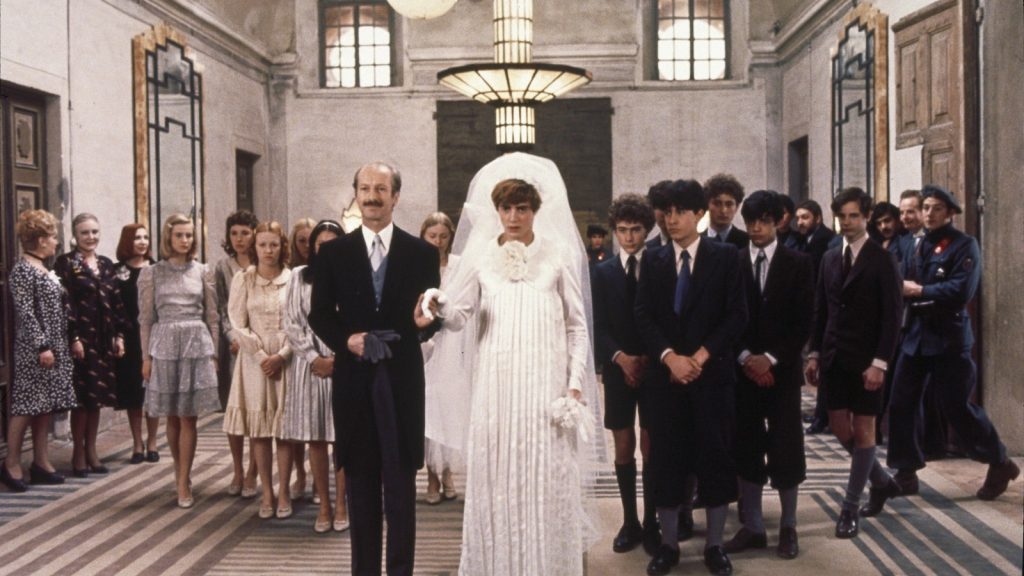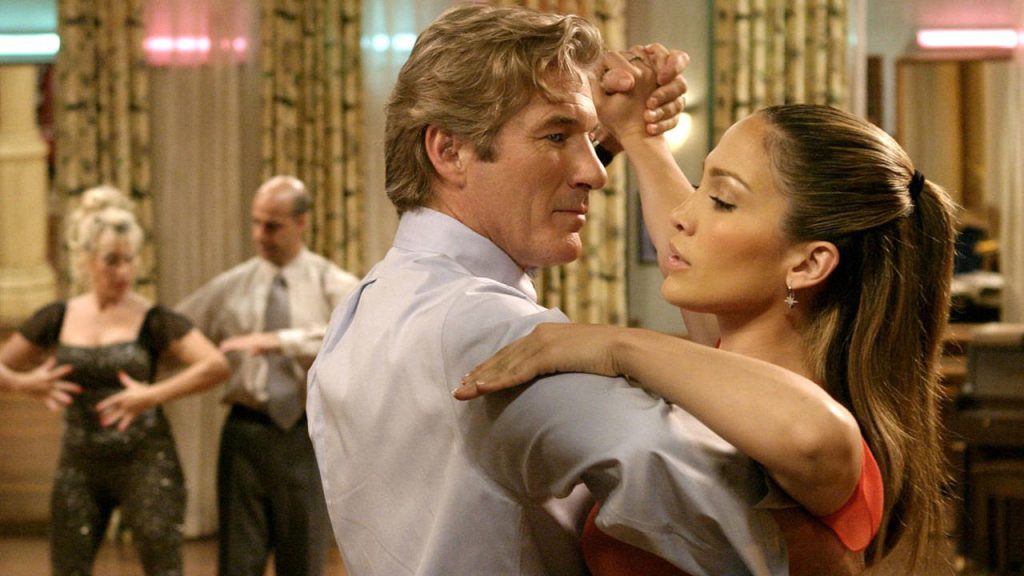There’s something inherently comforting in stories that we’ve heard so many times, we know them like the back of our hands. That’s why no one can stop making Robin Hood films, or adaptations of classic fairy tales or, for that matter, endless Spider-Man reboots. Sometimes you go to the movie theater to be intellectually challenged, and sometimes you go to visit old friends. So it’s strange, given this perpetual longing of a film audience for something they already know and love, that there have been so few successful adaptations of the King Arthur mythology. Then titled Le Morte d’Arthur, a collection of British folklore compiled by Sir Thomas Malory in the late 1400s, the stories of King Arthur and the Round Table have enthralled audiences for literal centuries. King Arthur, Sir Lancelot, and Merlin are household names around the Western world. So why is it so hard to make a good King Arthur film?
During the 1950s and 1960s, there were a series of films based on King Arthur’s adventures. Most have been forgotten over the years, and it isn’t difficult to see why. King Arthur may seem like a natural fit for the sort of blockbuster that was popular at the time: a wide, sweeping historical epic that operated more as a series of tableaus than an actual film. The enormously profitable biblical adaptations of the era (Ben-Hur, The Ten Commandments, The Greatest Story Ever Told, etc) reflect all the reasons why these swashbuckling medieval stories should have been successful. They, too, operate with a high level of name recognition, telling tales that audiences (who, at this time in the United States and Europe, would have been overwhelmingly composed of practicing Christians) knew intimately and held in the highest reverence. Just like the Bible, Le Morte d’Arthur is a collection of morality tales based in the hazy area between history and mythology. If Moses and Ben-Hur were able to draw huge audiences to the tune of millions of dollars, why couldn’t King Arthur?
He probably could, in theory. But the execution of these early King Arthur films left a great deal to be desired. They wanted to emulate the better known blockbusters of the era, but they had considerably smaller budgets, which made it much more difficult to project an image of dignity and gravitas required for such an endeavor. Siege of the Saxons, which deals with the royal succession after King Arthur is murdered and his daughter is prevented from claiming the throne, was made in just fifteen days. It borrowed heavily from the Columbia library, using stock footage from The Black Knight (1954) and earlier productions of Robin Hood, with many costumes and props left over from Lancelot and Guinevere.
This is perhaps the most egregious example of King Arthur adaptations done on the cheap, but it’s hardly the only one. In 1953, both Knights of the Round Table and biblical epic The Robe were produced: the former was made for half the budget of the latter, and earned less than a quarter of its profits at the box office. The following year, The Black Knight was made for a million dollars and barely managed to break even. How could these films hope to compete? The low budgets meant that their dramatic fight sequences were scattered and poorly choreographed, with garish costumes and actors visibly struggling to wield their swords against one another. It also meant that none of these films were able to lure top-tier talent: you’re not catching a Charlton Heston or a Peter O’Toole when the entire budget of your film is sitting at around one million dollars. The Black Knight had the woefully out-of-place Alan Ladd, an American actor most famous for his western films, in its leading role. Lancelot and Guinevere only had star Cornel Wilde because it was a vanity project for him. And even with him directing himself, they somehow can’t figure out a way to give him, a man who qualified for the US fencing team at the 1936 Olympics, a good swordfighting scene.
As a result of this shoddy craftsmanship, most King Arthur movies from this period have been consigned to oblivion. They were overlooked by filmgoers when they initially came out, and now even amongst classic film enthusiasts, they’re surprisingly underseen. Things don’t necessarily get better for King Arthur through the decades. First Knight, starring Sean Connery, had the very bad luck of being released just two months after Braveheart, a film it could hardly hope to compete with. And the two most recent King Arthur adaptations (released in 2004 and 2017, respectively) struggle for the exact opposite reason from the earlier films: they’re all action, with little regard for the story’s more literary aspects. Excalibur, starring Nigel Terry and Helen Mirren, is arguably the only one of the traditional, straightforward adaptations of King Arthur to be cinematically effective, and even that was nothing more than a modest hit, frequently overshadowed by other historical dramas. These films were clearly unable to adapt the key figure in British mythology in a way that connected with audiences, but does that mean that all King Arthur films are doomed to failure?

It seems as though, for whatever reason, it’s an uphill battle to make a conventional historical drama out of King Arthur that works on screen. Maybe King Arthur is so central to not just English history, but the foundations of literature itself, that it feels almost tedious to take such a simple approach to the narrative. In fact, the adaptations of Le Morte d’Arthur that have genuinely resonated with audiences tend to fall into two unique camps. They are either primarily aimed at children, where the rote rehashing of a foundational storyline is not just tolerated, but welcome, or they subvert the genre expectations of King Arthur by taking the story in unexpected directions.
The Sword in the Stone is a prime example of the former, isolating the childhood of young Arthur and emphasizing his humble origins rather than the extraordinary deeds he would be credited with as an adult. It also narrows its focus to primarily revolve around the central relationship of Merlin and Arthur. The Sword in the Stone was a box office success when it was released in 1963 as part of a wave of Arthurian popularity after the stage musical Camelot became a hit, in part because it served as a poetic public metaphor for the youthful and idealistic Kennedy administration.
The Sword in the Stone is considered one of the best traditional depictions of the King Arthur story. But the most famous (and most annoyingly quotable) is Monty Python and the Holy Grail. A satirical piece by the Monty Python comedy troupe, it takes for granted that audiences already know the basic gist of King Arthur and sets its sights on parodying not just the classic piece of British literature, but England during the Middle Ages as a whole. Graham Chapman plays a self-important, perpetually exasperated King Arthur, whose mission to find the holy grail keeps getting interrupted for the silliest reasons. It pokes fun at the overwhelming earnestness of King Arthur with all its chivalric idealism, taking a completely different approach from almost every other adaptation.
But there’s also a third way to circumvent the issues of the traditional King Arthur story, and that’s to focus on some of the side characters. Because Arthur isn’t the only one who gets to have adventures in the original source material, you know? That’s what we’ll see in the upcoming The Green Knight which, aside from its unique visual palette and dark tone, aims to find a fresh perspective by exploring the comparatively undertold narrative of Sir Gawain and the Green Knight. (Although King Arthur’s story has been told to death, there have only been two previous adaptations of Gawain’s solo outing: Gawain and the Green Knight in 1973 and Sword of the Valiant in 1984. Both were directed by Stephen Meeks, who apparently couldn’t resist taking two shots to get the story right which, by the sound of their reviews, he failed to do.) Although King Arthur and his brave and loyal knights have been rarely served well by their film adaptations, The Green Knight represents a bold, dynamic opportunity to breathe fresh life into the age-old story. But if it fails, don’t worry: they’ll try again. They always do.



